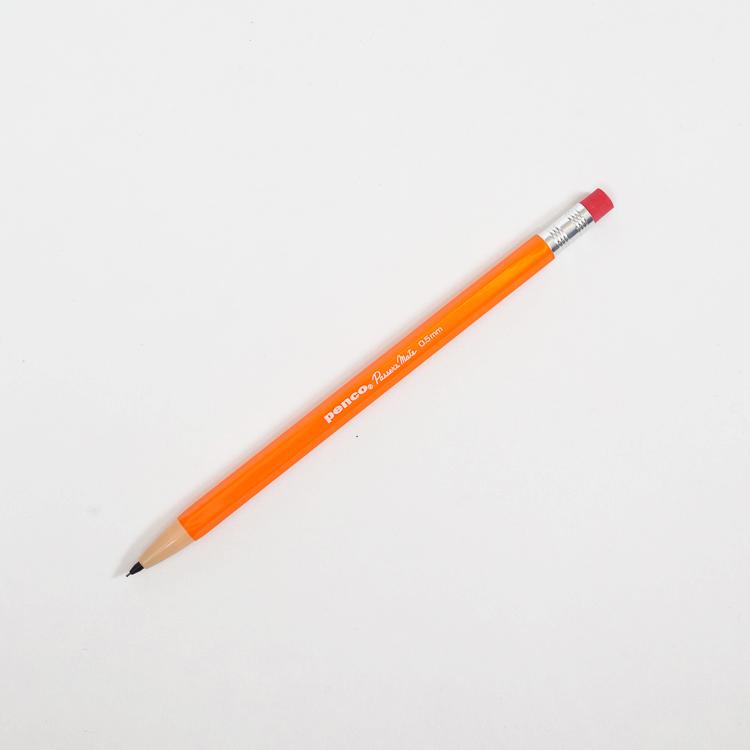I’m so sorry to hear that filmmaker and author Peter Wells has died. Last year—despite his illness—Peter kindly spoke with Gareth Watkins at City Gallery in conjunction with a screening of his 1983 film Little Queen. He had much to say. Here’s a transcript.
•


